A Power Quality Assessment of Electric Submersible Pumps Fed by Variable Frequency Drives under Normal and Failure Modes
Abstract
:1. Introduction
1.1. Background
1.1.1. General Description of ESP Systems
1.1.2. Power Quality Challenges to Operate ESP Systems with VFDs
1.2. Motivations and Purposes
1.3. Importance of This Investigation
1.4. Mains Contributions
- A comprehensive analytical description of resonance excitation phenomena in electrical and mechanical systems
- A simplified and unified method to build a general VFD model to mimic the output voltage of the two-level, three-level NPC, and CHB multilevel inverters.
- A theoretical categorization and the exact location of the families of harmonic frequencies at the output of each VFD topology.
- An analytical assessment of the effects of the modified spectrum using the neutral-shift strategy with faulty cells on the electrical and mechanical systems.
- The theoretical foundations for calculating some key power quality parameters. The following PQ parameters are of particular interest:
- ○
- RMS and peak voltages and currents
- ○
- Maximum dv/dt
- ○
- Voltage and current THDs
2. Modeling of Passive Components of ESP Systems
2.1. Basic Considerations
2.2. Transmission Line Cable
2.3. Rotating Shaft System
2.3.1. Basic Rotating Shaft with One Inertia
- A constant value:
- A linear time-varying value:
2.3.2. A Model of a Multi-Inertia Shaft System
3. Modelling of VFD Topologies and ESP Motor for Torsional Analysis Purposes
3.1. Time-Domain VFD Switching Function Models
3.2. Neutral-Shift PWM Method in Cell-Fault Treatment for CHB Multilevel VFD Topology
3.3. VFD-Induced Voltage Harmonic Families
3.3.1. A General Switching Function of a VSI-VFD
- If and , this corresponds to the DC component:
- If and , this combination represents the fundamental voltage component.
- If and : this combination represents the baseband voltage harmonics. For three-phase systems, can only be given in the form of negative and positive sequence components, i.e., in the following form: , with
3.3.2. Analytical Switching Function of Investigated VFD Topologies
3.3.3. Common-Mode Voltage Harmonics
3.4. Modeling of ESP Motor Airgap for Torsional Analysis Purposes
3.4.1. Electromagnetic Torque Time-Domain Model
3.4.2. Analytical Formulation of VFD-Induced Torque Harmonic Components
3.4.3. Family of Campbell Diagram Lines for VFD-Induced Pulsating Torque
4. Power Quality Parameters Calculation
4.1. Key Parameters to Characterize the Quality of Power in ESP Systems
- RMS and peak voltages and currents
- Maximum dv/dt
- Voltage and current THDs
- Common-mode voltage and current
4.2. RMS and Peak Voltages and Currents
4.3. Maximum dv/dt
- The snubber circuit design;
- The internal impedance of all the components between the DC-link voltage and the output of the VFD;
- The wiring and connection components in the power circuit
4.4. Voltage and Current Total Harmonic Distortion
5. Offline Numerical Validations
5.1. Numerical Validation of VFD Switching Function
5.2. Selected Simulation Results of CHB VFD with Failed Cells
5.3. Implementation and Simulation of the Overall VFD-ESP System Models
5.3.1. Simulated VFD-ESP System Model and Validation Principle
- Baseband components are proportional to the fundamental motor frequency.
- Sideband or inter-harmonic components around the carrier frequency.
5.3.2. Sample Offline Simulation Results and Discussions
- ✓
- Sideband current harmonics around the PWM frequency are:Hz, Hz
- ○
- Resulting in sideband torque harmonics around the PWM frequency :Hz, Hz
- ✓
- Sideband current harmonics around the PWM frequency are:Hz, Hz
- ○
- Resulting in sideband torque harmonics around the PWM frequency is: .
6. Hybrid Real-Time Validations
6.1. Hybrid Real-Time Validation Procedure
- ○
- NPC VFD power topology operating at the carrier frequency and fundamental frequency
- ○
- CHB VFD power topology operating at the carrier frequency and fundamental frequency .
6.2. Sample Hybrid Real-Time Simulation Results and Discussions
- ✓
- Odd sideband voltage harmonics around the PWM frequency (1500 Hz) are: Hz, Hz.
- ✓
- Even sideband harmonics around the PWM frequency (3000 Hz) are: Hz, Hz.
7. Conclusions
Author Contributions
Funding
Conflicts of Interest
Appendix A
| Cable Electrical Parameters | |
| Length | 1.5 |
| Resistance | 0.160 |
| Inductance | 0.34 |
| Capacitance | 0.379 |
| PWM VFD parameters | |
| Carrier frequency () | 1000 |
| Fundamental frequency () | 60 |
| ESP motor parameters | |
| Nominal Power | 10 |
| Nominal Voltage | 4385 |
| Nominal Current (A) | 1860 |
| Nominal Speed | |
| Number of poles | |
References
- Ding, L.; Li, W.Y.; Zargari, N.R.; Paes, R. Sensorless Control of CSC-Fed PMSM Drives with Low Switching Frequency for Electrical Submersible Pump Application. IEEE Trans. Ind. Appl. 2020, 56, 3799–3808. [Google Scholar] [CrossRef]
- Fonsêca, D.A.; Salazar, A.O.; Villarreal, E.R.; Espinoza, G.A. Downhole Telemetry Systems to Monitor Electric Submersible Pumps Parameters in Oil Well. IEEE Access 2021, 9, 12824–12839. [Google Scholar] [CrossRef]
- Romero, O.J.; Hupp, A. Subsea Electrical Submersible 1 Pump Significance in Petroleum 2 3 Offshore Production. J. Energy Resour. Technol. 2013, 136, 012902. [Google Scholar] [CrossRef]
- Cortes, B.; Araujo, L.R.; Penido, D.R. Electrical submersible pump system model to assist oil lifting studies. J. Petrol. Sci. Eng. 2019, 174, 1279–1289. [Google Scholar] [CrossRef]
- Smith, J.R.; Grant, D.M.; Al-Mashgari, A.; Slater, R.D. Operation of subsea electrical submersible pumps supplied over extended length cable systems. IEE Proc. Electr. Power Appl. 2000, 147, 544–552. [Google Scholar] [CrossRef]
- Allen-Bradley. PowerFlex Medium Voltage AC Drives Bulletin Numbers 6000G, 6000T, 7000A, 7000, and 7000L; Rockwell Automation: Laval, QC, Canada, 2022. [Google Scholar]
- Liang, X.; Kar, N.C.; Liu, J. Load Filter Design Method for Medium-Voltage Drive Applications in Electrical Submersible Pump Systems. IEEE Trans. Ind. Appl. 2015, 51, 2017–2029. [Google Scholar] [CrossRef]
- Liang, X.; El-Kadri, A. Operational Parameters Affecting Harmonic Resonance in Electrical Submersible Pump Systems. IEEECan. J. Electr. Comput. Eng. 2019, 42, 183–197. [Google Scholar] [CrossRef]
- Gabor, T. Electrical Submersible Pump Components and Their Operational Features. In Electrical Submersible Pumps Manual, 2nd ed.; Gabor, T., Ed.; Elsevier: Amsterdam, The Netherlands, 2018; pp. 55–152. [Google Scholar]
- Pragale, R.; Shipp, D.D. Investigation of premature ESP failures and oil field harmonic analysis. IEEE Trans. Ind. Appl. 2018, 53, 3175–3181. [Google Scholar] [CrossRef]
- Tamer, A.; Shipp, D.; Dionise, T. Reducing electrical submersible pump downtime by mitigation of VSD output power quality problems. In Proceedings of the IEEE Petroleum and Chemical Industry Committee Conference (PCIC), Vancouver, BC, Canada, 9–12 September 2019. [Google Scholar]
- Weixiong, J.; Honghui, W.; Guijie, L.; Yonghong, L.; Baoping, C.; Zhixiong, L. A Novel Method for Mechanical Fault Diagnosis of Underwater Pump Motors Based on Power Flow Theory. IEEE Trans. Instrum. Meas. 2021, 70, 1–17. [Google Scholar]
- Rabbi, S.F.; Kahnamouei, J.T.; Liang, X.; Yang, J. Shaft Failure Analysis in Soft-Starter Fed Electrical Submersible Pump Systems. IEEE Open J. Ind. Appl. 2019, 1, 1–10. [Google Scholar] [CrossRef]
- Neumann, K.C.; La, D.; Yoo, H.; Burkepile, E. Programmable Autonomous Water Samplers (PAWS): An inexpensive, adaptable, and robust submersible system for time-integrated water sampling in freshwater and marine ecosystems. HardwareX 2023, 13, e00392. [Google Scholar] [CrossRef] [PubMed]
- Shipp, D.D.; Voytechek, M.; Morganson, S. Power Quality Survey for Shell Canada’s Virginia Hills Oil Field. In Electrical Submersible Pump Workshop Record: Society of Petroleum Engineers; SPE Mid-Continent Operations Symposium: Oklahoma, OK, USA, 1996. [Google Scholar]
- Farbis, M.; Hoevenaars, A.H.; Greenwald, J.L. Oil field retrofit of ESPs to Meet Harmonic Compliance. In Proceedings of the IEEE Petroleum and Chemical Industry Technical Conference (PCIC), San Francisco, CA, USA, 8–10 September 2014. [Google Scholar]
- Hoevenaars, A.H.; McGraw, M.; Alexander, J. Rightsizing Generators Through Harmonic Mitigation Realizes Energy, Emissions, and Infrastructure Reductions. IEEE Trans. Ind. Appl. 2017, 53, 675–683. [Google Scholar] [CrossRef]
- Song-Manguelle, J.; Ekemb, G.; Mon-Nzongo, D.; Tao, J.; Doumbia, M.L. A Theoretical Analysis of Pulsating Torque Components in AC Machines with Variable Frequency Drives and Dynamic Mechanical Loads. IEEE Trans. Ind. Electron. 2018, 65, 9311–9324. [Google Scholar] [CrossRef]
- Mon-Nzongo, D.; Ekemb, G.; Song-Manguelle, J. LCIs and PWM-VSIs for the Petroleum Industry: A Torque Oriented Evaluation for Torsional Analysis Purposes. IEEE Trans. Power Electron. 2019, 34, 8956–8970. [Google Scholar] [CrossRef]
- Ekemb, G.; Slaoui-Hasnaoui, F.; Song-Manguelle, J.; Lingom, M.P.; Fofana, I. Instantaneous electromagnetic torque components in synchronous motor fed by load-commutated inverters. Energies 2021, 14, 3223. [Google Scholar] [CrossRef]
- Pindoriya, R.M.; Thakur, R.K.; Rajpurohit, B.S.; Kumar, R. Numerical and Experimental Analysis of Torsional Vibration and Acoustic Noise of PMSM Coupled with DC Generator. IEEE Trans. Ind. Electron. 2022, 69, 3345–3356. [Google Scholar] [CrossRef]
- Nassif, A.B. Assessing the Impact of Harmonics and Interharmonics of Top and Mudpump Variable Frequency Drives in Drilling Rigs. IEEE Trans. Ind. Appl. 2019, 55, 5574–5583. [Google Scholar] [CrossRef]
- API. API Standard 617, Axial and Centrifugal Compressors and Expander-Compressors, 8th ed.; API: Englewood, CO, USA, 2016. [Google Scholar]
- API. API Standard 672, Packaged, Integrally Geared Centrifugal Air Compressors for Petroleum, Chemical, and Gas Industry Services, 5th ed.; API: Englewood, CO, USA, August 2019. [Google Scholar]
- Submersible Pump Engineering. Unbalanced currents and submersible motors. SMENG 2002, 1–2. [Google Scholar]
- Reed, J.A. Investigation and Modeling of Voltage and Current Unbalance on a Three-Phase Submersible Pump. Master’s Thesis, The University of Texas at Arlington, Arlington, TX, USA, 2013; pp. 1–167. [Google Scholar]
- Lingom, P.M.; Song-Manguelle, J.; Mon-Nzongo, D.L.; Flesch, R.C.; Tao, J. Analysis, and control of PV cascaded h-bridge multilevel inverter with failed cells and changing meteorological conditions. IEEE Trans. Power. Electron. 2020, 36, 1777–1789. [Google Scholar] [CrossRef]
- Carnielutti, F.; Pinheiro, H.; Rech, C. Generalized carrier-based modulation strategy for cascaded multilevel converters operating under fault conditions. IEEE Trans. Ind. Electron. 2012, 59, 679–689. [Google Scholar] [CrossRef]
- API. API Standard 673, Centrifugal Fans for Petroleum, Chemical and Gas Industry Services, 3rd ed.; API: Englewood, CO, USA, December 2014. [Google Scholar]
- API. API Standard 684, Paragraphs Rotodynamic Tutorial: Lateral Critical Speeds, Unbalance Response, Stability, Train Torsional, and Rotor Balancing, 2nd ed.; API Recommended Practice 684; API: Englewood, CO, USA, August 2005. [Google Scholar]
- Ong, C.M. Dynamic Simulation of Electric Machinery Using Matlab/Simulink. Can. J. Electr. Comput. Eng. 2019, 42, 183–197. [Google Scholar]
- Song-Manguelle, J.; Sihler, C.; Nyobe-Yome, J.M. Modeling of Torsional Resonances for Multi-Megawatt Drives Design. IEEE Trans. Ind. Electron. 2018, 65, 9311–9324. [Google Scholar] [CrossRef]
- Lingom, P.M.; Song-Manguelle, J.; Doumbia, M.L.; Flesch, R.C.; Tao, J. Electrical Submersible Pumps: A System Modeling Approach for Power Quality Analysis with Variable Frequency Drives. IEEE Trans. Power. Electron. 2022, 37, 7039–7054. [Google Scholar] [CrossRef]
- Liang, X. Linearization approach for modeling power electronics devices in power systems. IEEE J. Emerg. Sel. Top. Power Electron. 2014, 2, 1003–1012. [Google Scholar] [CrossRef]
- Han, X.; Palazzolo, A.B. VFD machinery vibration fatigue life and multi-level inverter effect. IEEE Trans. Ind. Appl. 2013, 49, 2562–2575. [Google Scholar] [CrossRef]
- Feletto, F.; Durham, R.A.; da Costa Bortoni, E.; de Carvalho Costa, J.G. Improvement of MV Cascaded H-Bridge Inverter (CHBI) VFD Availability for High-Power ESP Oil Wells. IEEE Trans. Ind. Appl. 2018, 55, 1006–1011. [Google Scholar] [CrossRef]
- Busacca, A.; Di Tommaso, A.O.; Miceli, R.; Nevoloso, C.; Schettino, G.; Scaglione, G.; Viola, F.; Colak, I. Switching Frequency Effects on the Efficiency and Harmonic Distortion in a Three-Phase Five-Level CHBMI Prototype with Multicarrier PWM Schemes: Experimental Analysis. Energies 2022, 15, 586. [Google Scholar] [CrossRef]
- Qin, F.; Gao, F.; Tang, Y.; Wang, J.; Xu, T. Comprehensive comparisons between six-arm and nine-arm modular multilevel converter. CPSS Trans. Power Electron. Appl. 2020, 5, 135–146. [Google Scholar] [CrossRef]
- Anderson, J.A.; Zulauf, G.; Kolar, J.W.; Deboy, G. New Figure-of-Merit Combining Semiconductor and Multi-Level Converter Properties. IEEE Open J. Power Electron. 2020, 1, 322–338. [Google Scholar] [CrossRef]
- Yifei, L.; Fei, X.; Wang, B.; Binli, L. Failure Analysis of Power Electronic Devices and Their Applications under Extreme Conditions. Chin. J. Electr. Eng. 2016, 2, 91–100. [Google Scholar]
- Holmes, D.G.; Lipo, T.A. PulseWidth Modulation for Power Converters, Principles and Practice; IEEE Press: Piscataway, NJ, USA, 2003. [Google Scholar]
- Gary, W.C.; Shin-Kuan, C. An Analytical Approach for Characterizing Harmonic and Interharmonic Currents Generated by VSI-Fed Adjustable Speed Drives. IEEE Trans. Power Deliv. 2005, 20, 2585–2593. [Google Scholar]
- Soltani, H.; Davari, P.; Zare, F.; Blaabjerg, F. Effects of Modulation Techniques on the Input Current Interharmonics of Adjustable Speed Drives. IEEE Trans. Ind. Electron. 2018, 65, 165–178. [Google Scholar] [CrossRef] [Green Version]
- Hota, A.; Agarwal, V. Novel Three-Phase H10 Inverter Topology with Zero or Constant Common-Mode Voltage for Three-Phase Induction Motor Drive Applications. IEEE Trans. Ind. Electron. 2022, 69, 7522–7525. [Google Scholar] [CrossRef]
- Xiaoling, X.; Xiongfei, W.; Dong, L.; Blaabjerg, F.; Chengyong, Z. Common-Mode Insertion Indices Compensation with Capacitor Voltages Feedforward to Suppress Circulating Current of MMCs. CPSS Trans. Power. Electron. Appl. 2020, 5, 103–113. [Google Scholar]
- Song-Manguelle, J.; Ekemb, G.; Schroder, S.; Geyer, T.; Nyobe-Yome, J.M.; Wamkeue, R. Analytical expression of pulsating torque harmonics due to PWM drives. In Proceedings of the IEEE Energy Conversion Congress and Exposition, Denver, CO, USA, 15–19 September 2013. [Google Scholar]
- Std 1159-2019; IEEE Recommended Practice for Monitoring Electric Power Quality. IEEE: Piscataway, NJ, USA, 2019.
- NEMA Std and Publication MG-1-2009 Motor and Generators; National Electrical Manufacturers Association: Rosslyn, UK, 2019.
- Masoum, M.A.; Fuchs, E.F. Power Quality in Power Systems and Electrical Machines, 2nd ed.; Academic Press, Elsevier: London, UK, 2008. [Google Scholar]

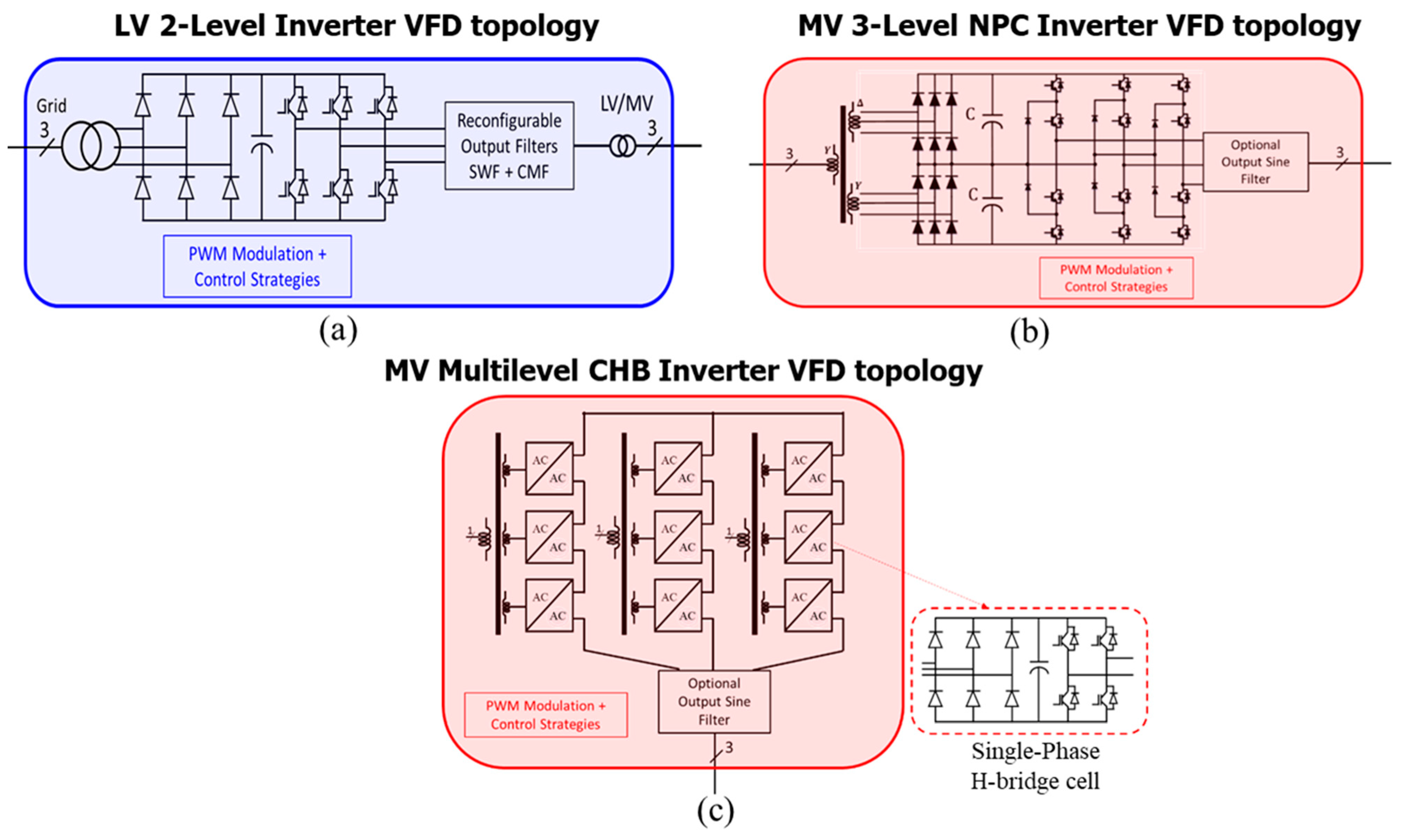
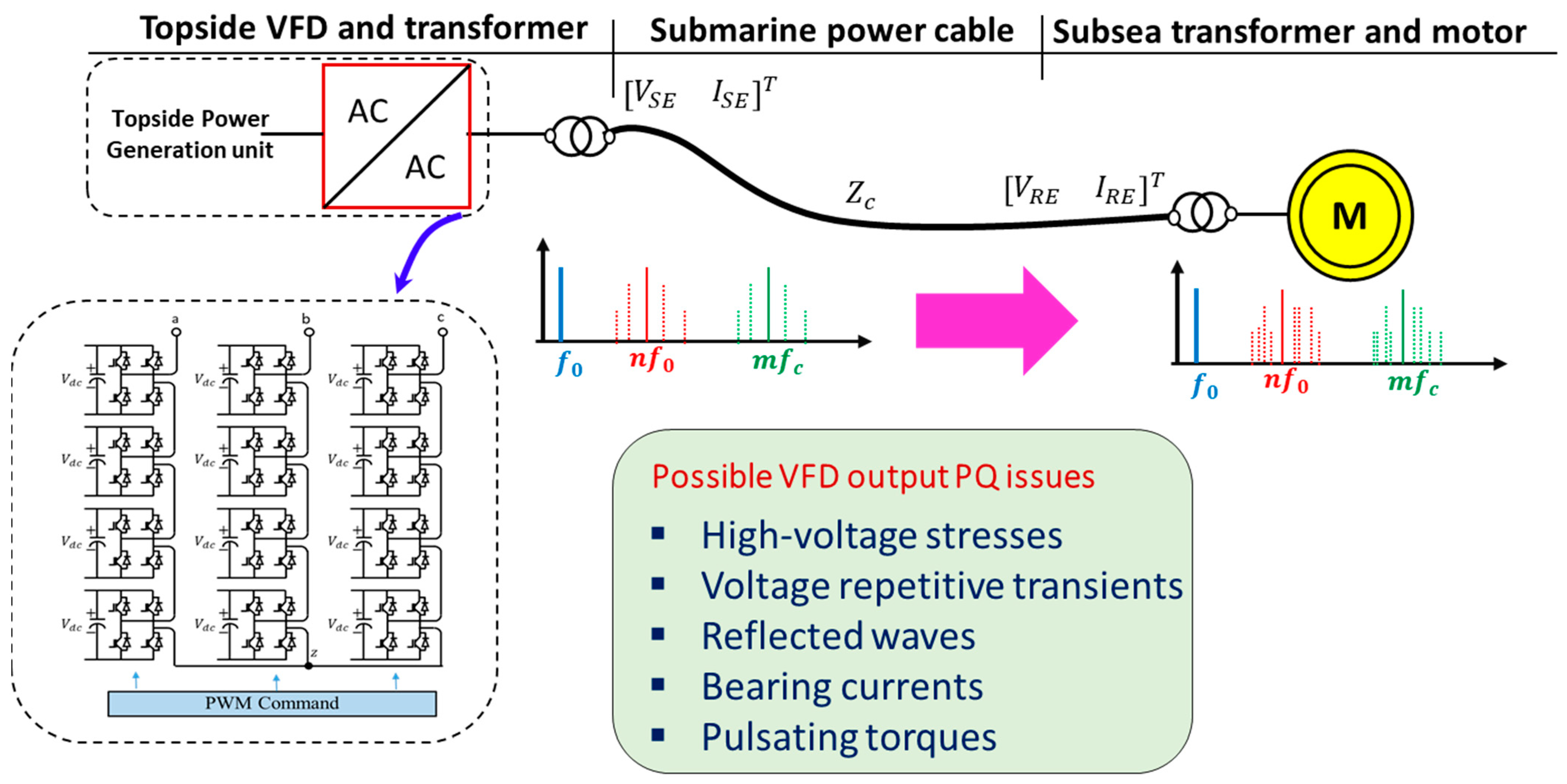


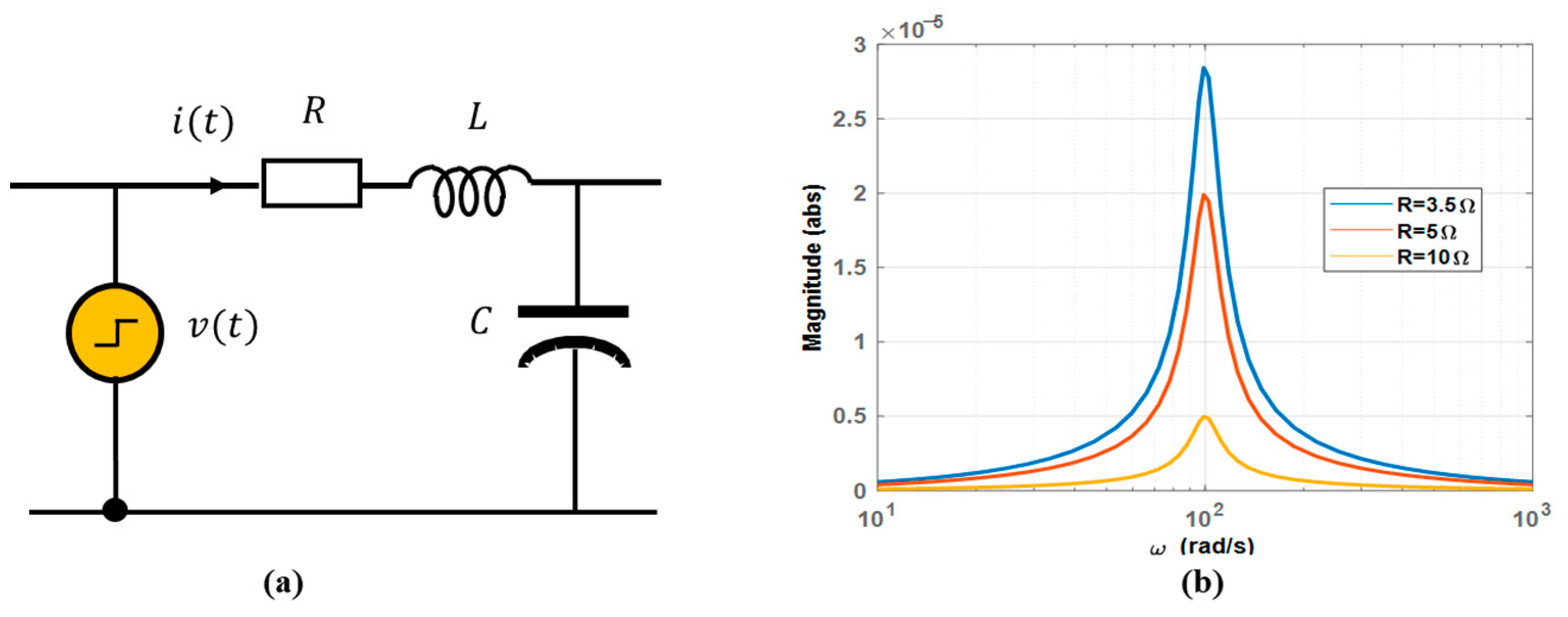
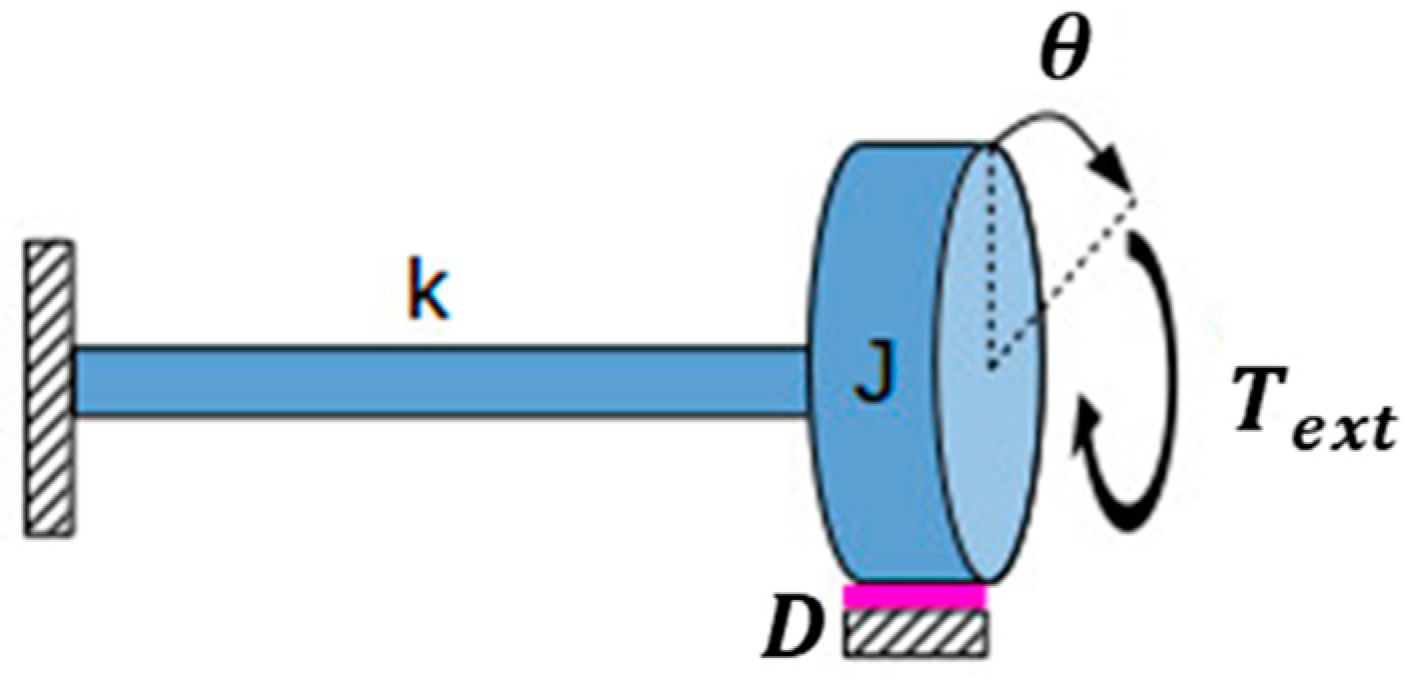
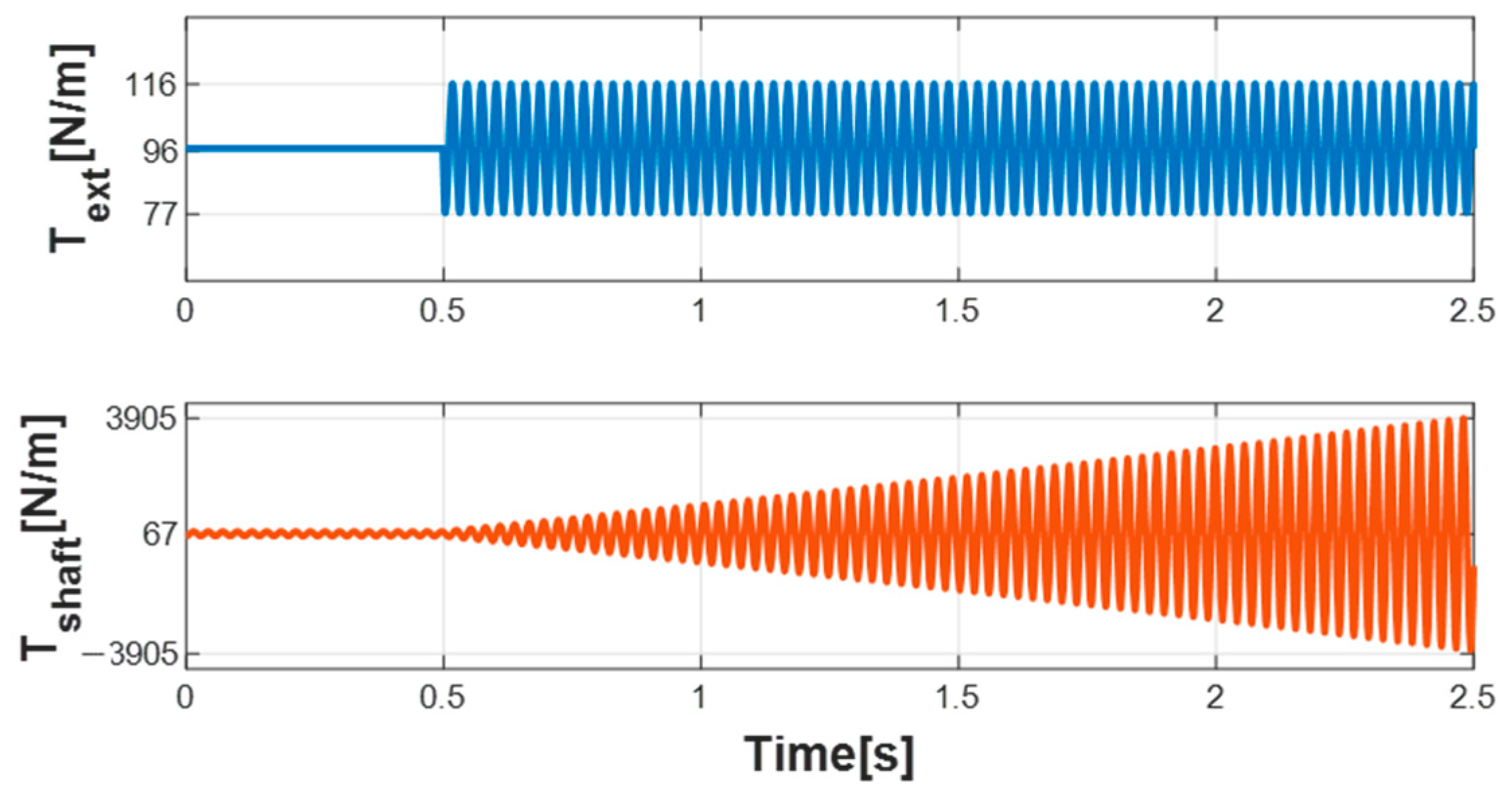


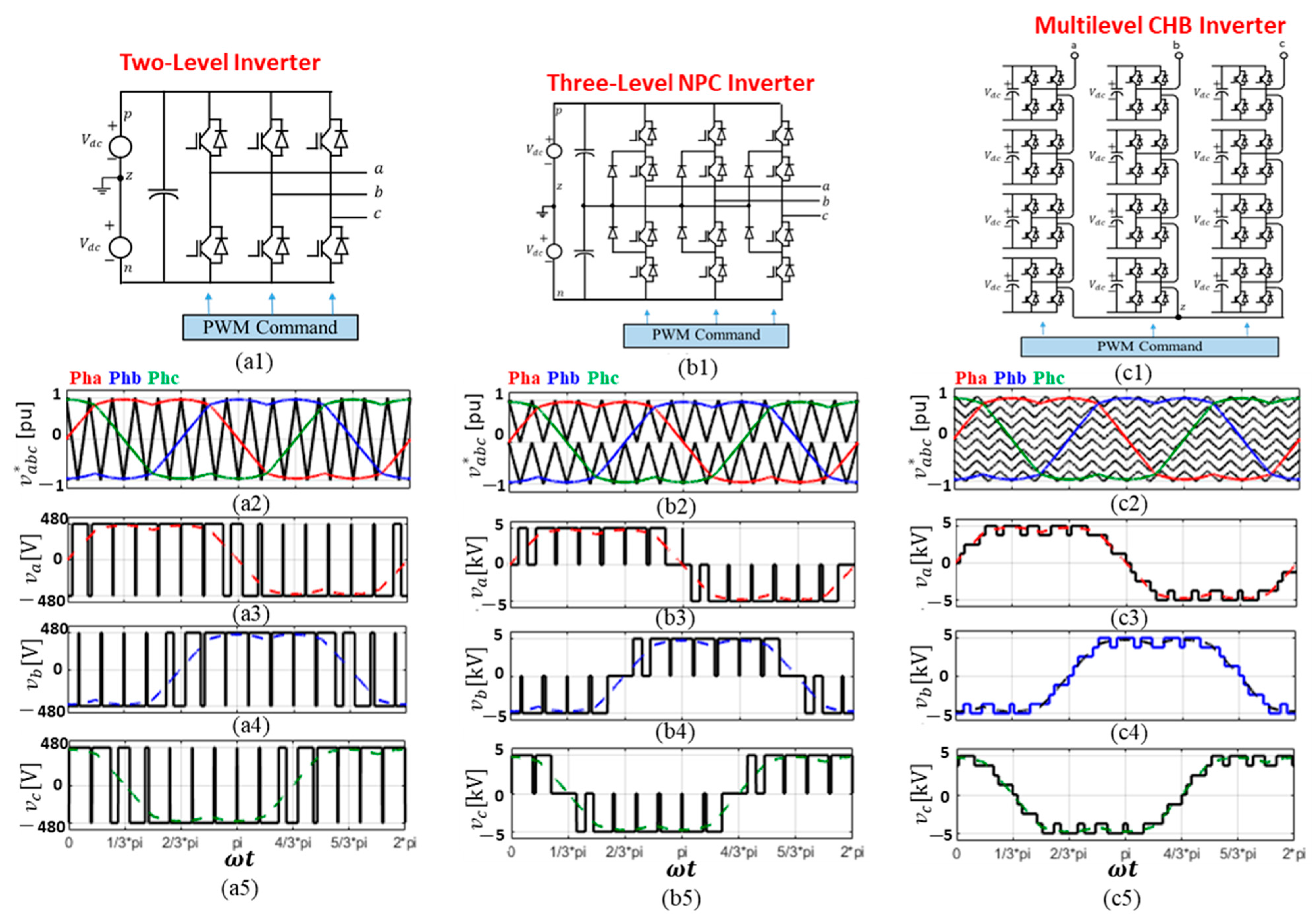
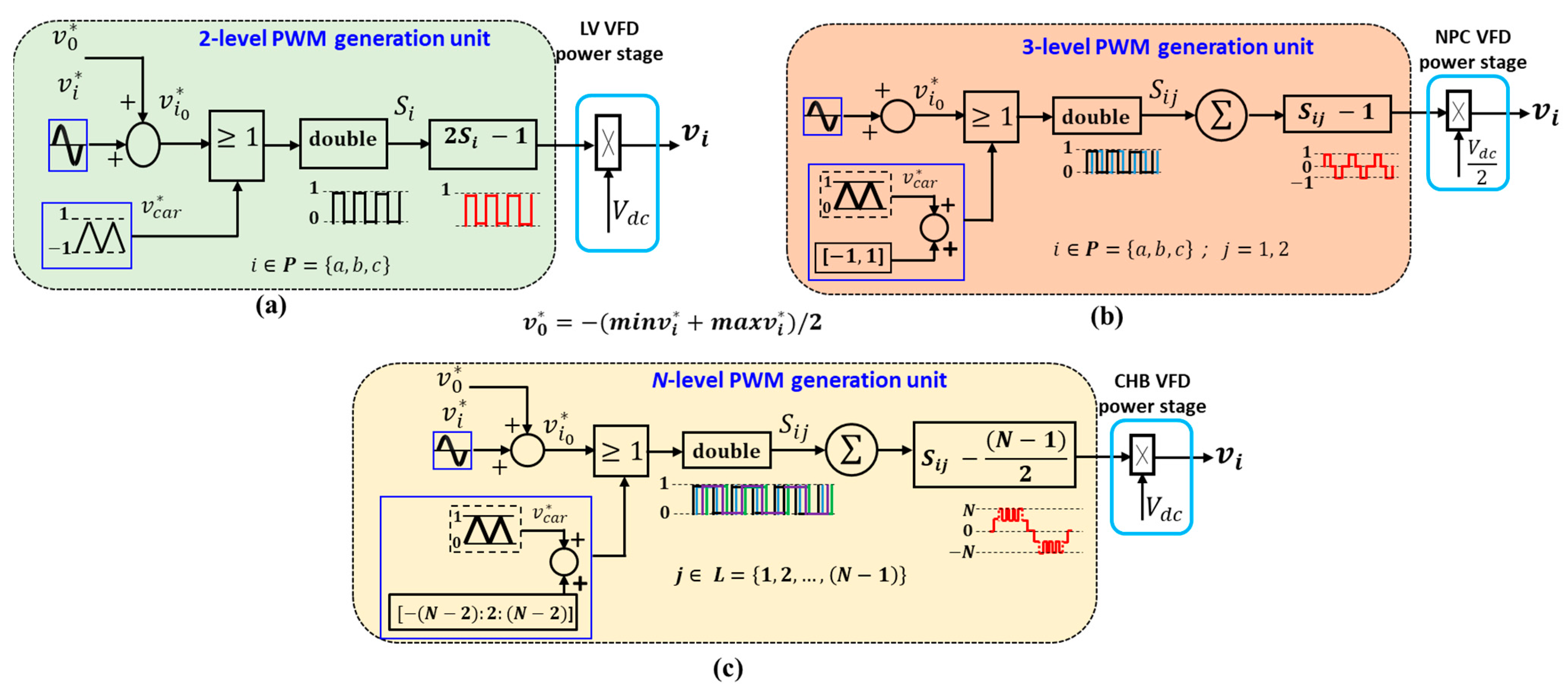
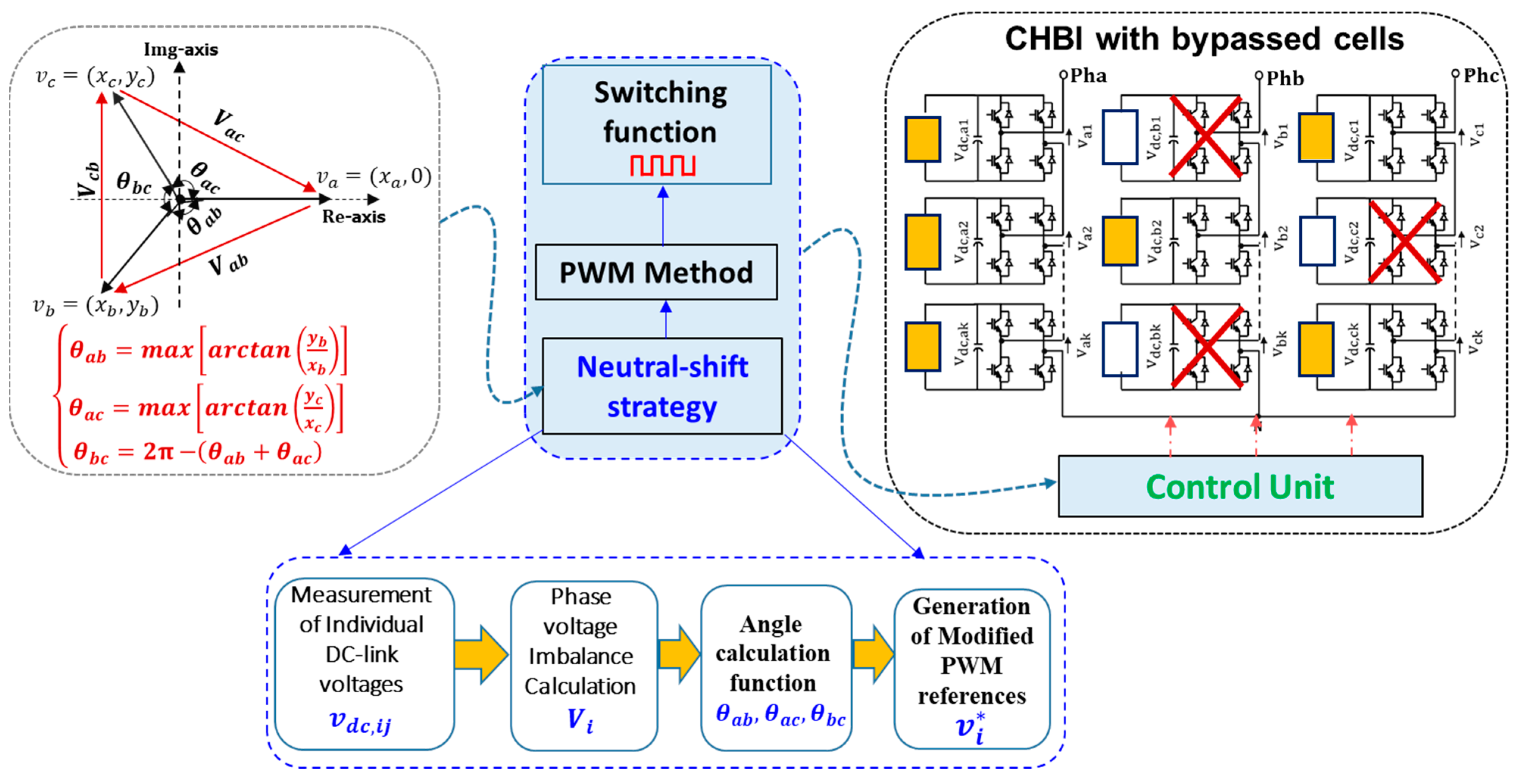
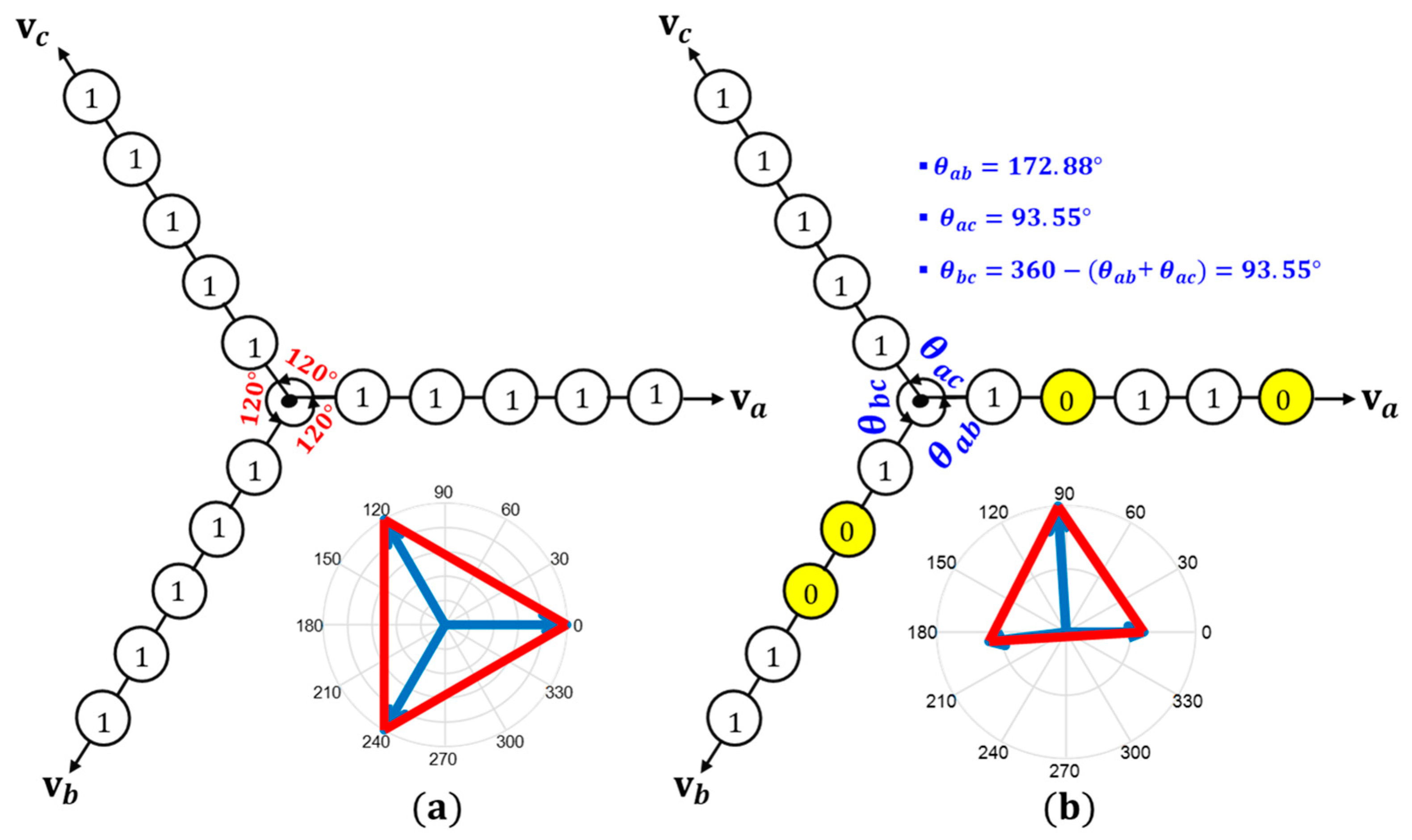

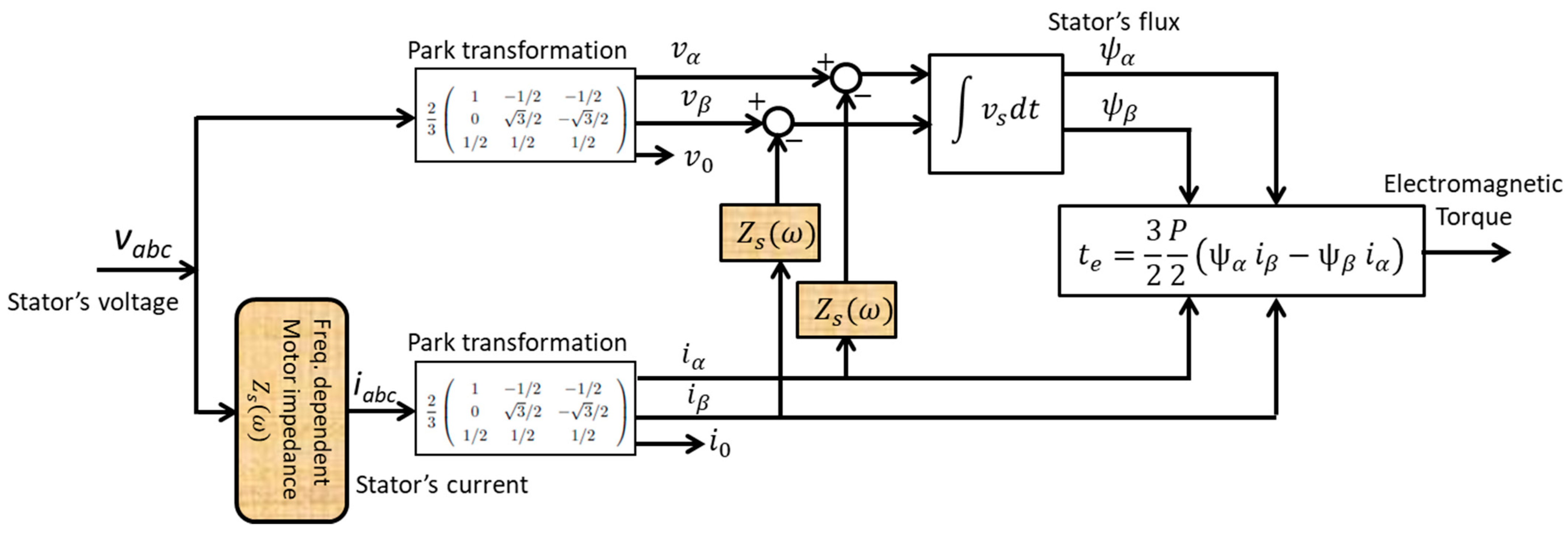
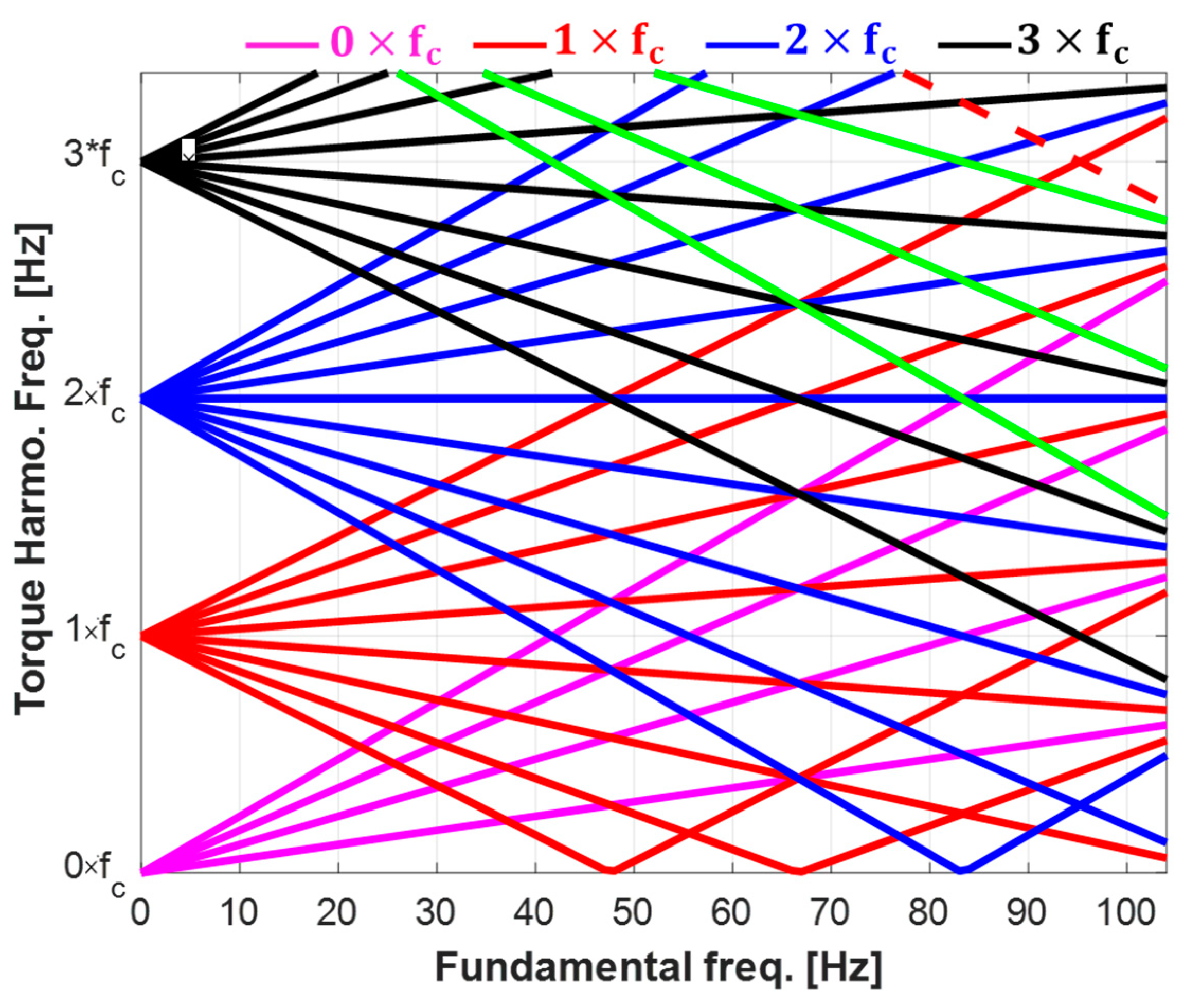
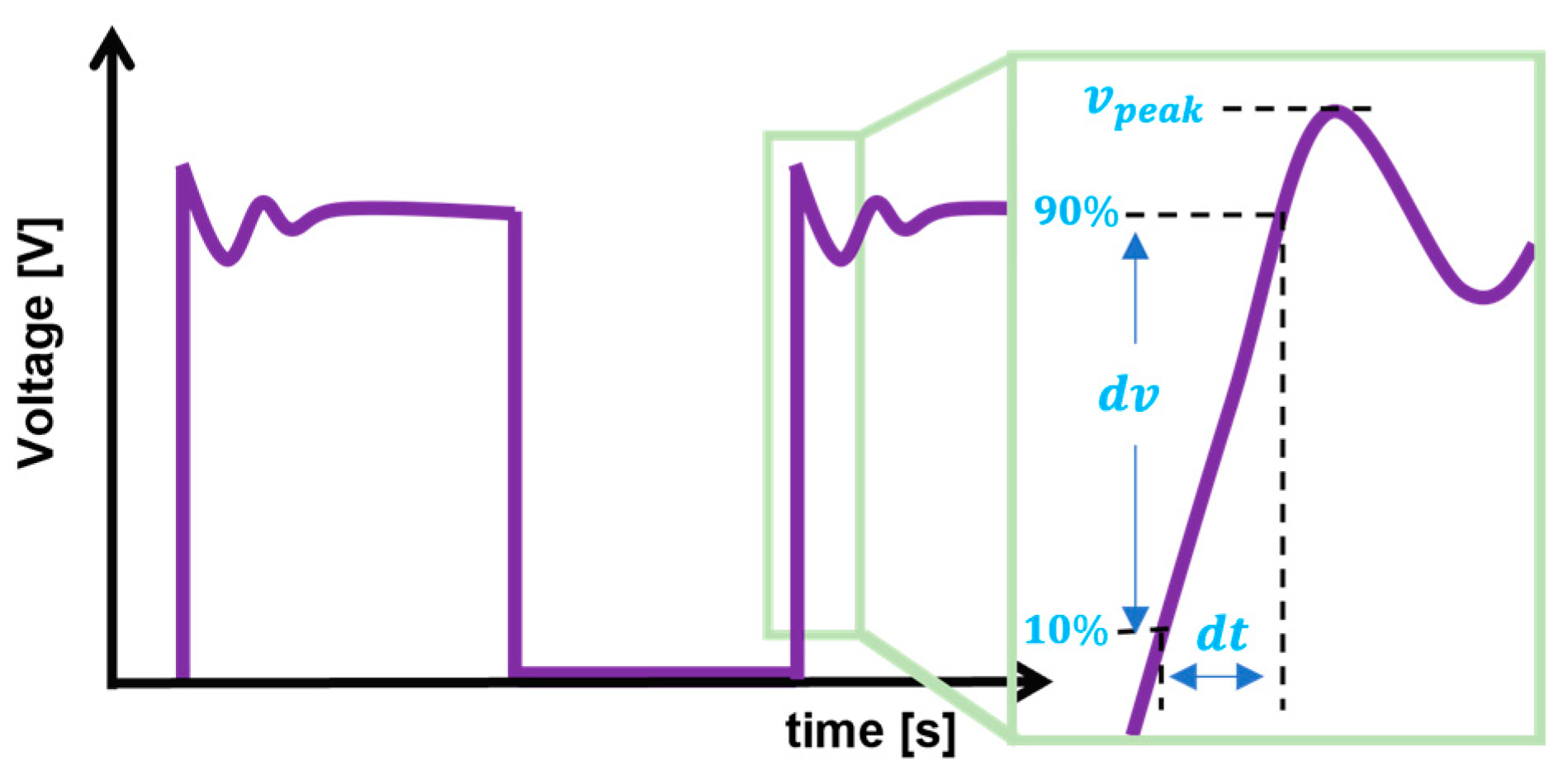
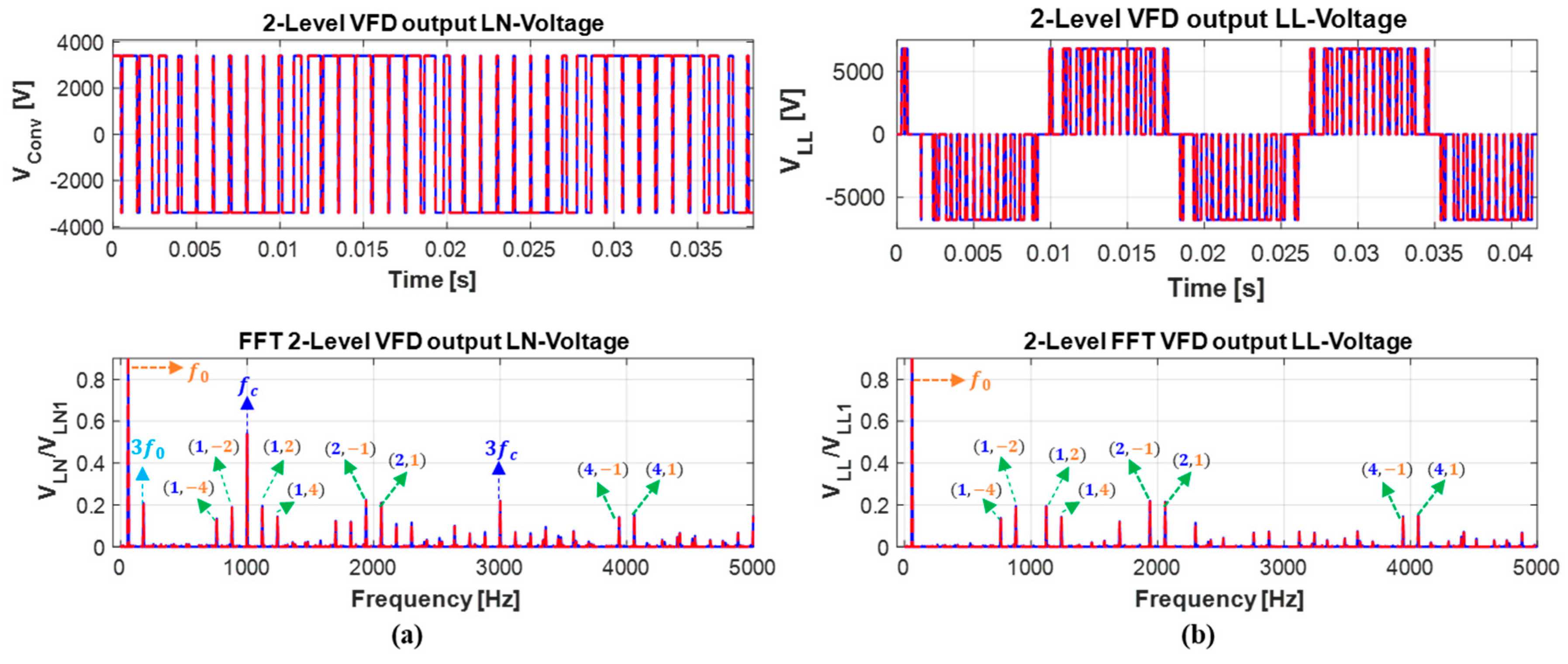
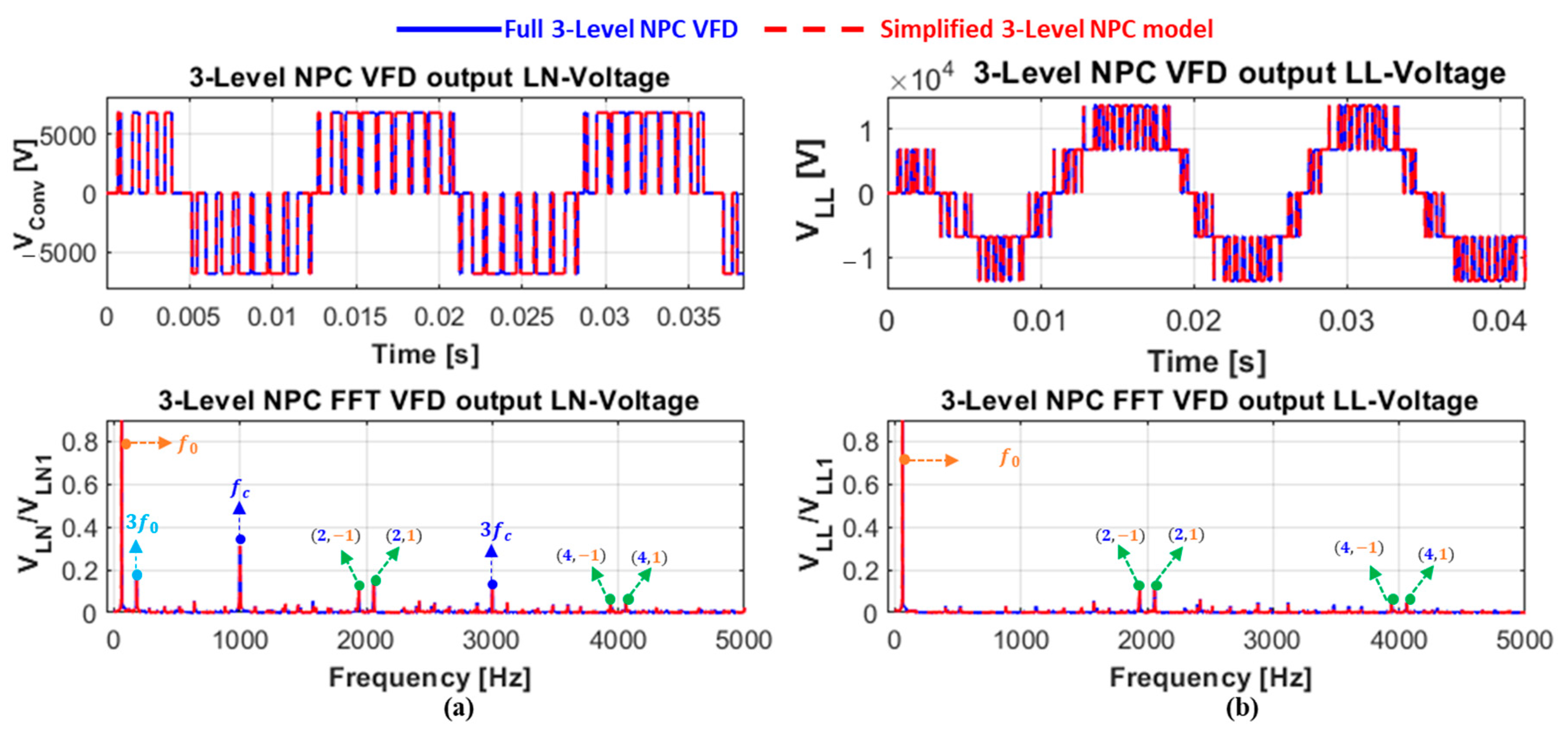

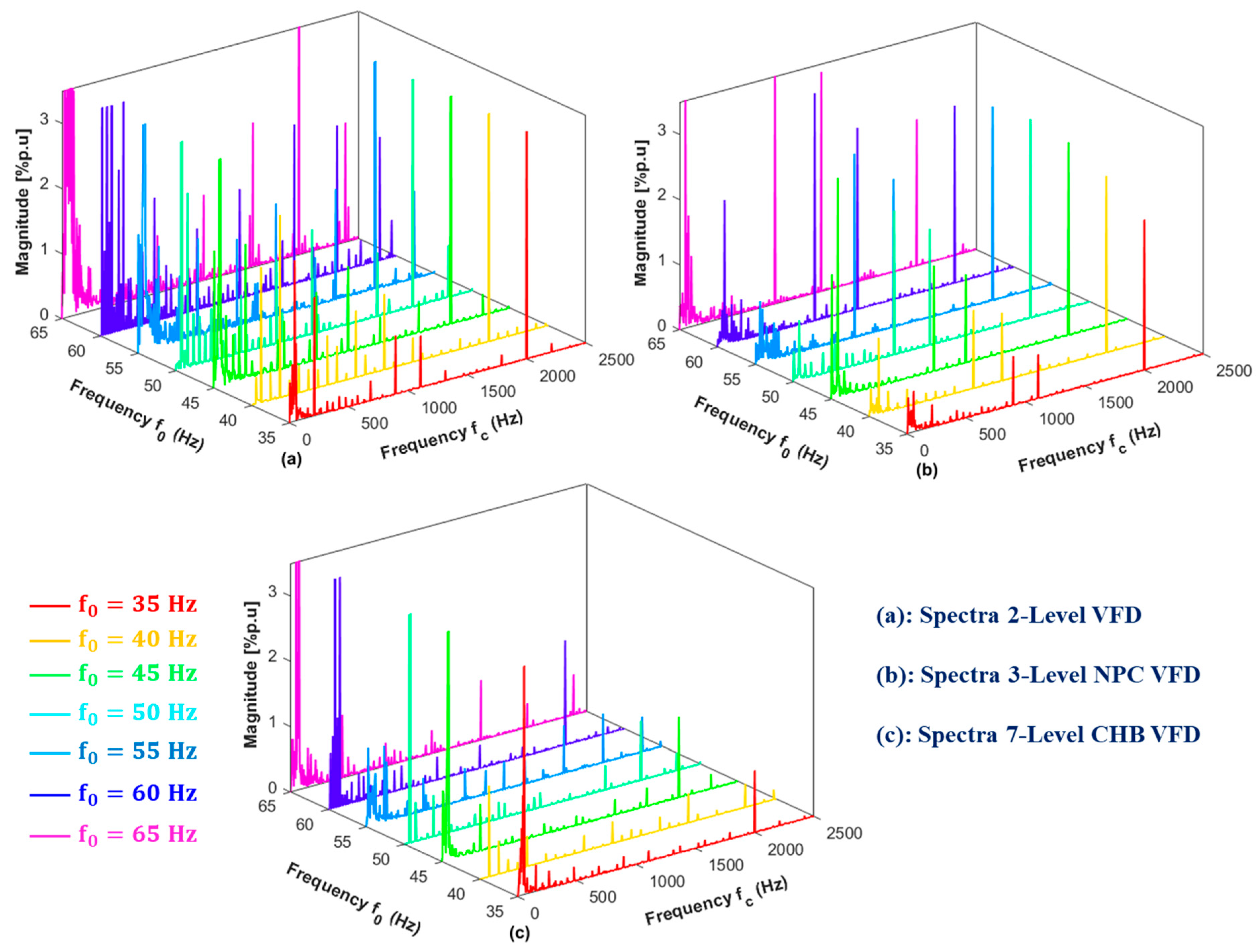
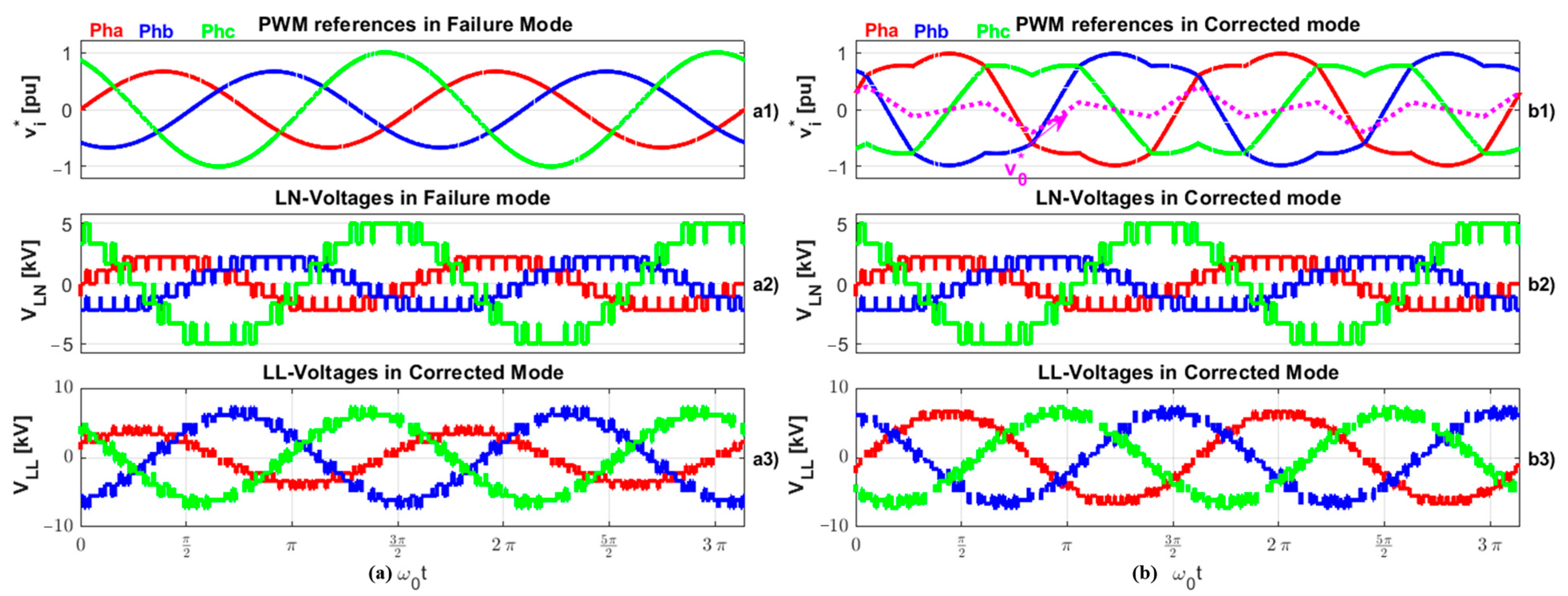

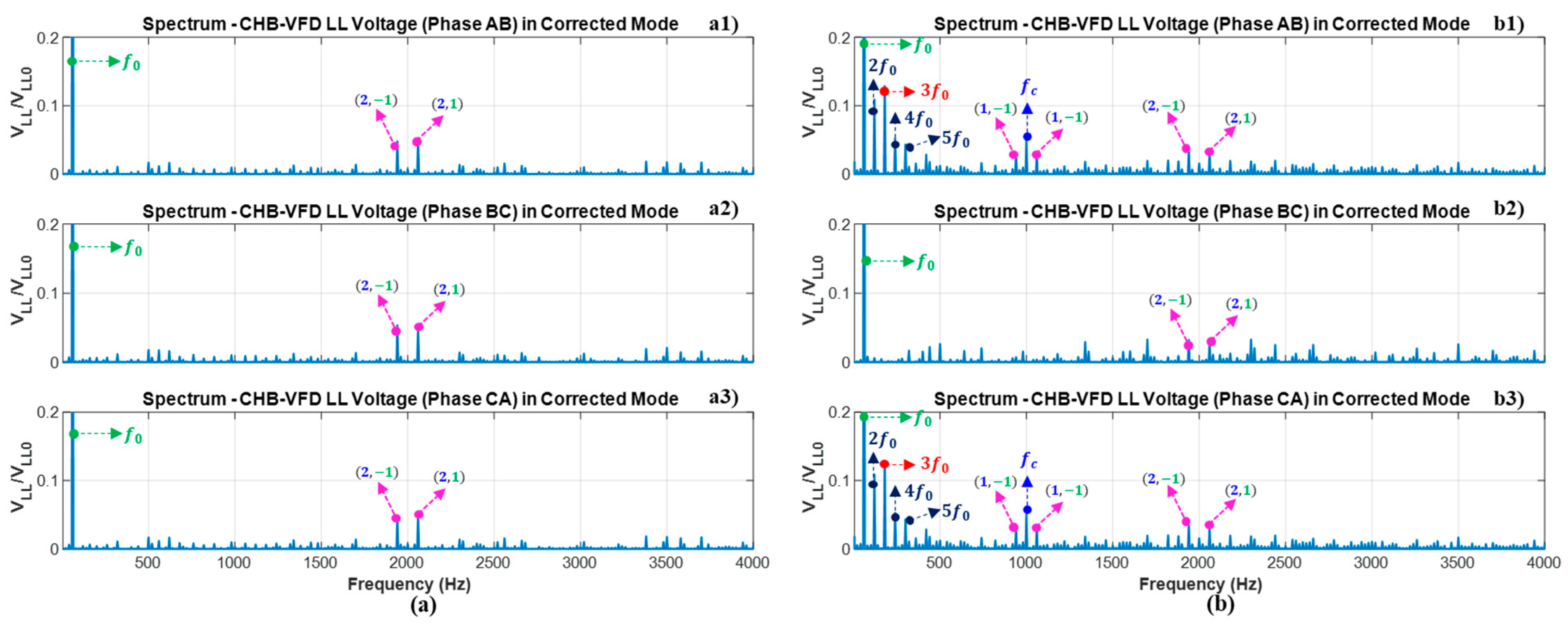
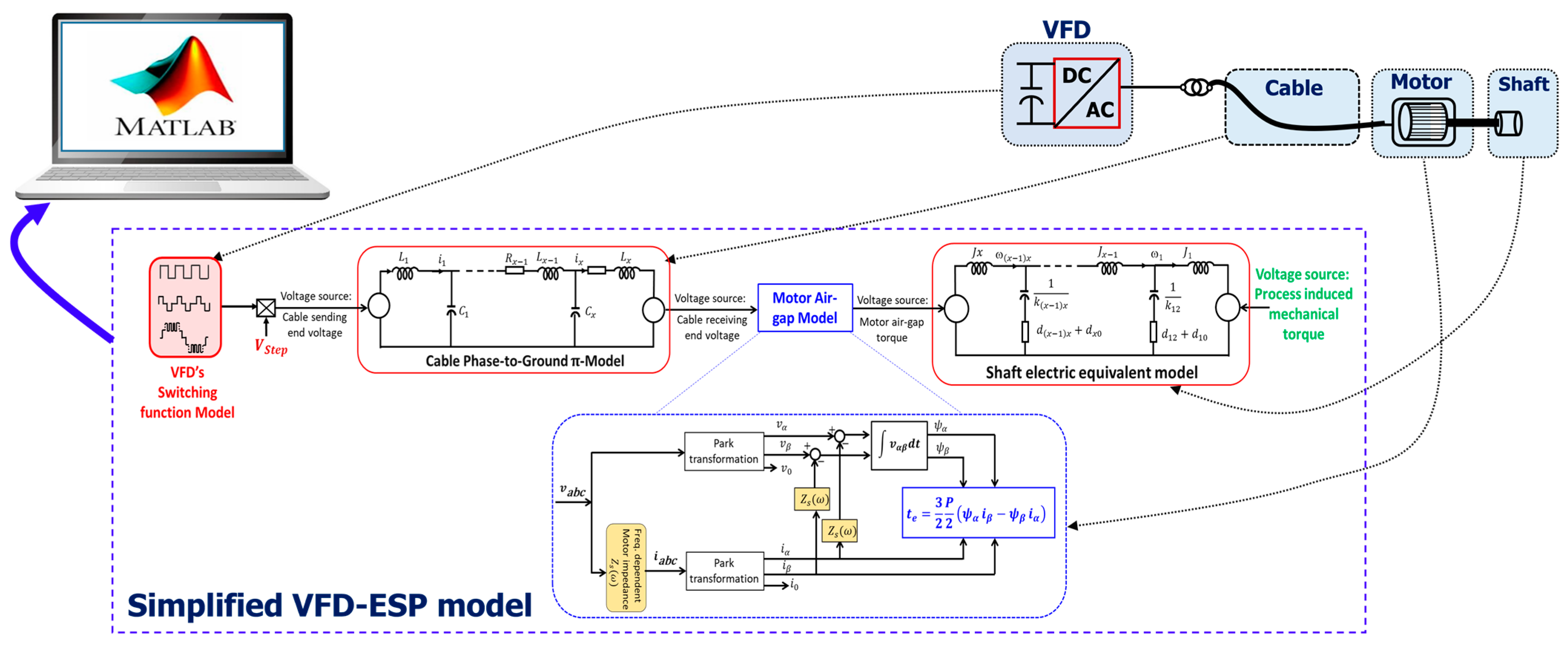
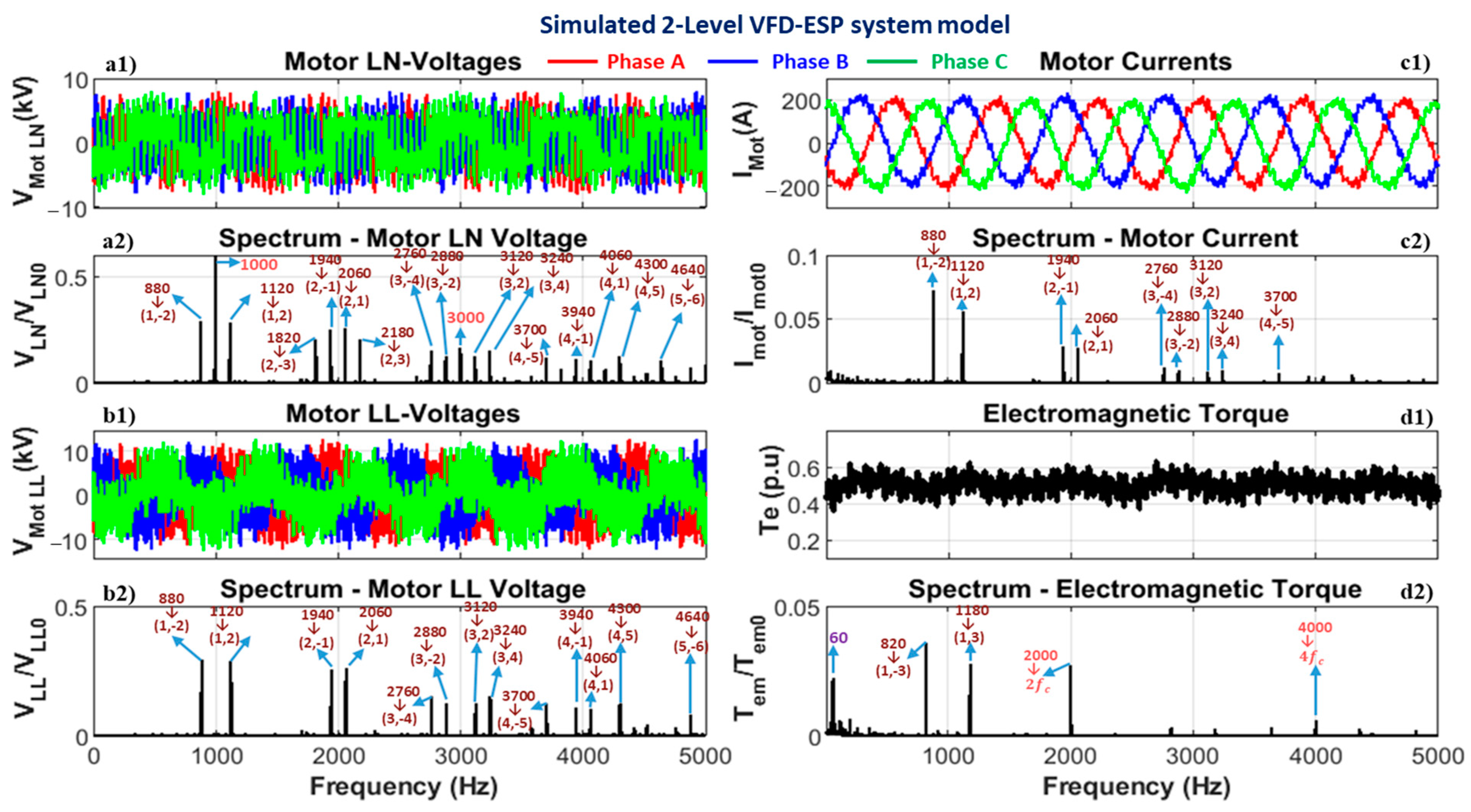
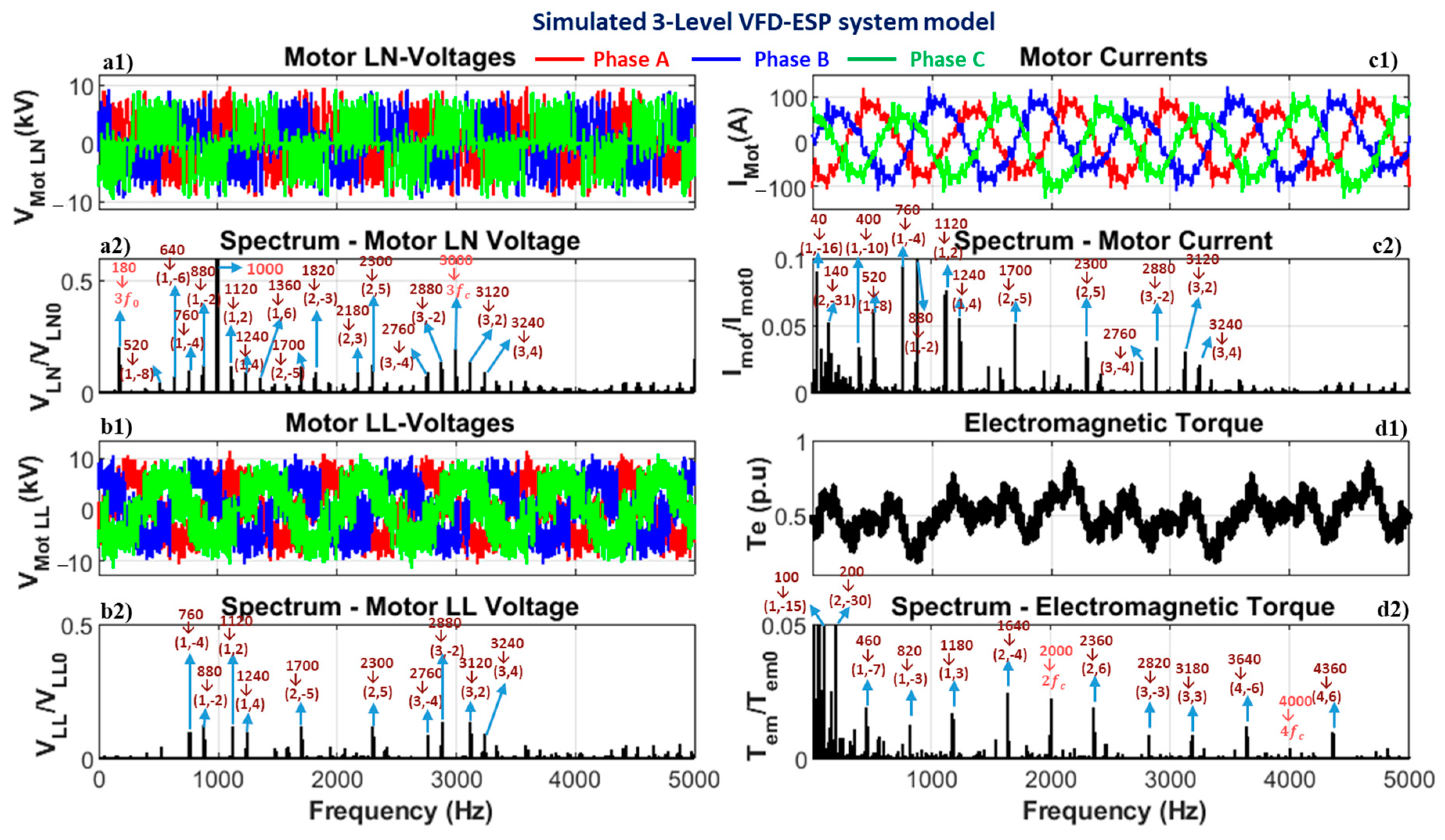
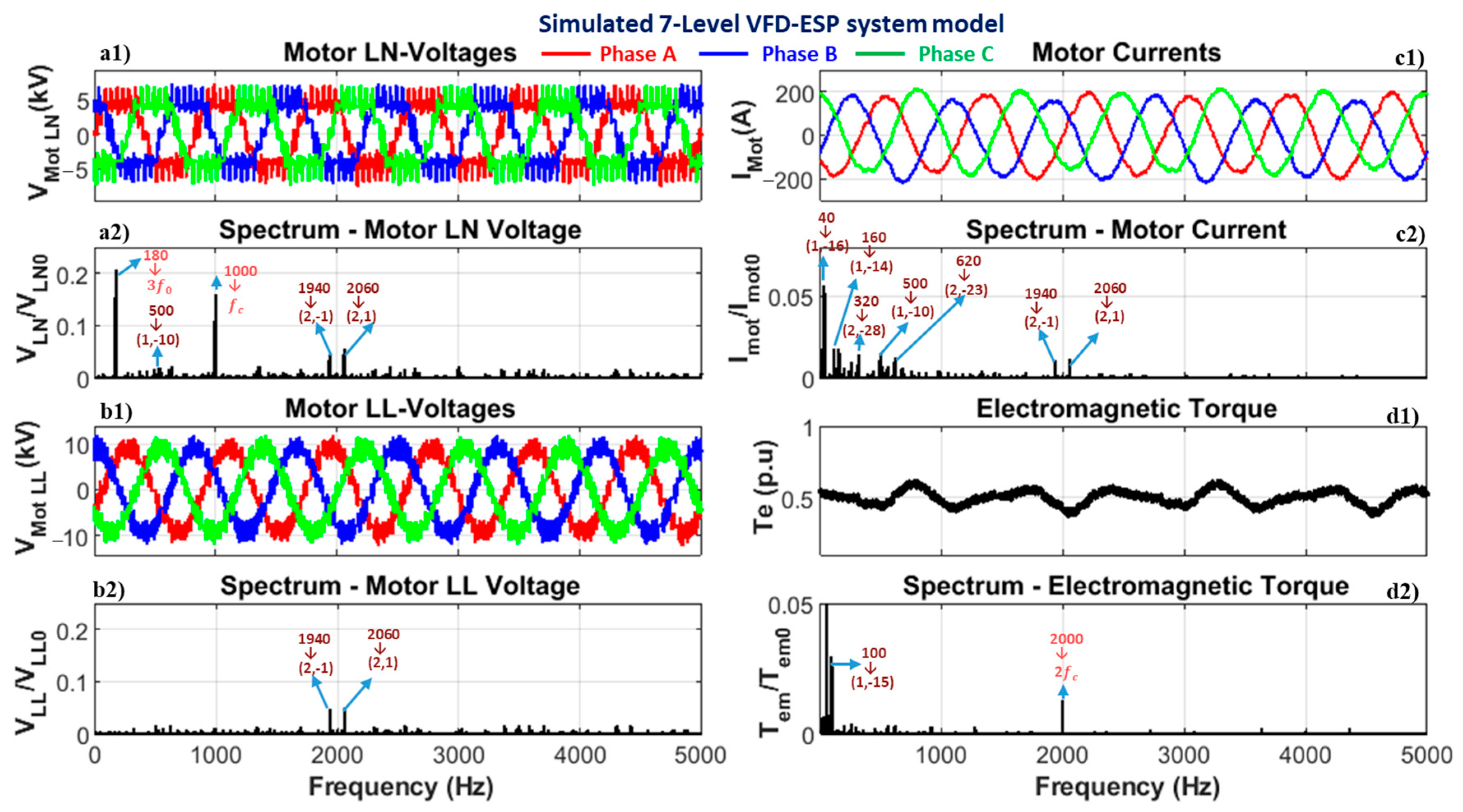


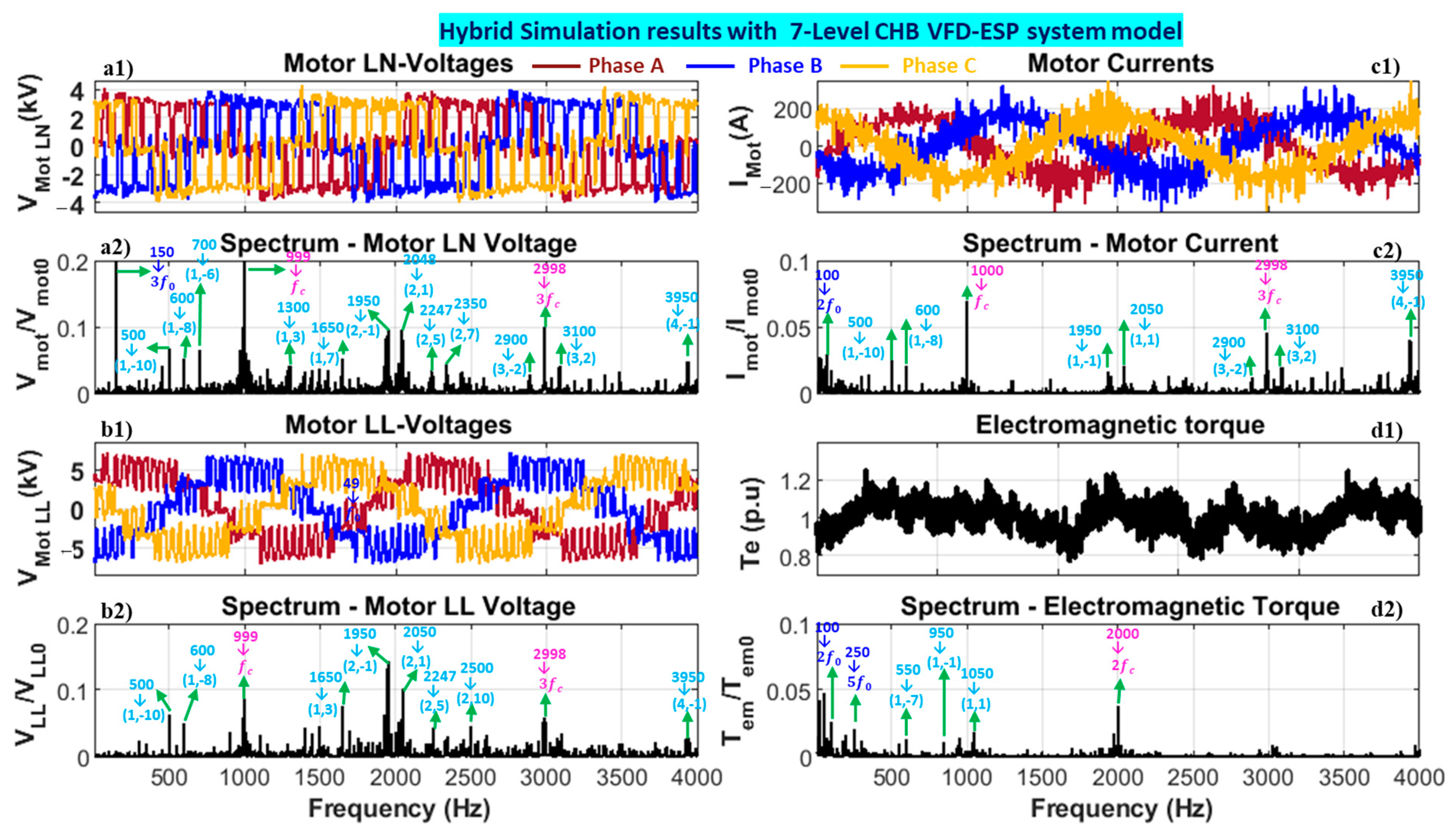

| Fundamental and Baseband Harmonics | ||
|---|---|---|
| Voltage/Current | Torque | |
| Carrier band and sideband harmonics around odd multiple of carrier frequency | ||
| None | ||
| None | ||
| Carrier band and sideband harmonics around even multiple of carrier frequency | ||
| None | None | |
| None | ||
| None | ||
Disclaimer/Publisher’s Note: The statements, opinions and data contained in all publications are solely those of the individual author(s) and contributor(s) and not of MDPI and/or the editor(s). MDPI and/or the editor(s) disclaim responsibility for any injury to people or property resulting from any ideas, methods, instructions or products referred to in the content. |
© 2023 by the authors. Licensee MDPI, Basel, Switzerland. This article is an open access article distributed under the terms and conditions of the Creative Commons Attribution (CC BY) license (https://creativecommons.org/licenses/by/4.0/).
Share and Cite
Lingom, P.M.; Song-Manguelle, J.; Betoka-Onyama, S.P.; Nyobe-Yome, J.M.; Doumbia, M.L. A Power Quality Assessment of Electric Submersible Pumps Fed by Variable Frequency Drives under Normal and Failure Modes. Energies 2023, 16, 5121. https://doi.org/10.3390/en16135121
Lingom PM, Song-Manguelle J, Betoka-Onyama SP, Nyobe-Yome JM, Doumbia ML. A Power Quality Assessment of Electric Submersible Pumps Fed by Variable Frequency Drives under Normal and Failure Modes. Energies. 2023; 16(13):5121. https://doi.org/10.3390/en16135121
Chicago/Turabian StyleLingom, Pascal M., Joseph Song-Manguelle, Simon Pierre Betoka-Onyama, Jean Maurice Nyobe-Yome, and Mamadou Lamine Doumbia. 2023. "A Power Quality Assessment of Electric Submersible Pumps Fed by Variable Frequency Drives under Normal and Failure Modes" Energies 16, no. 13: 5121. https://doi.org/10.3390/en16135121





